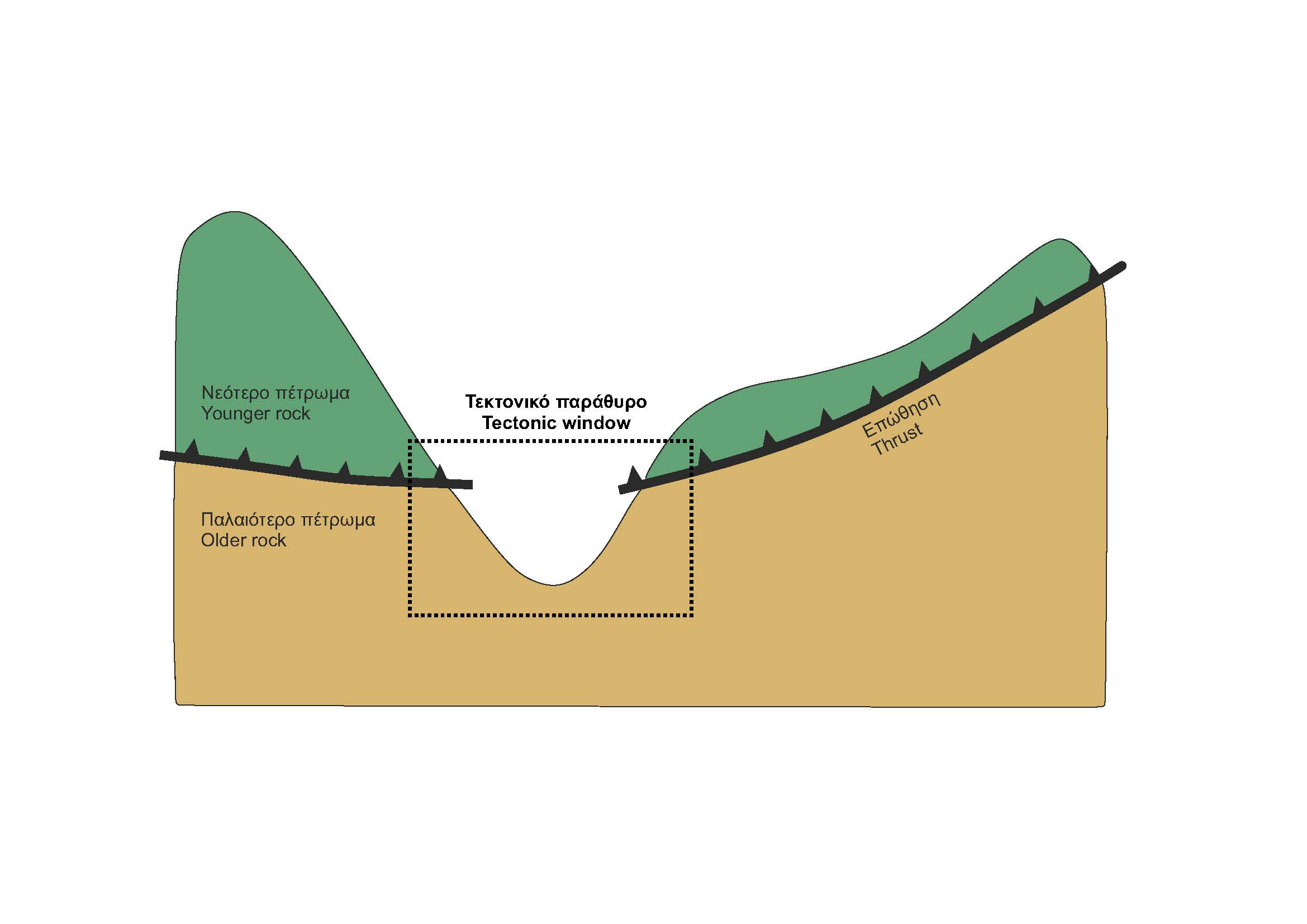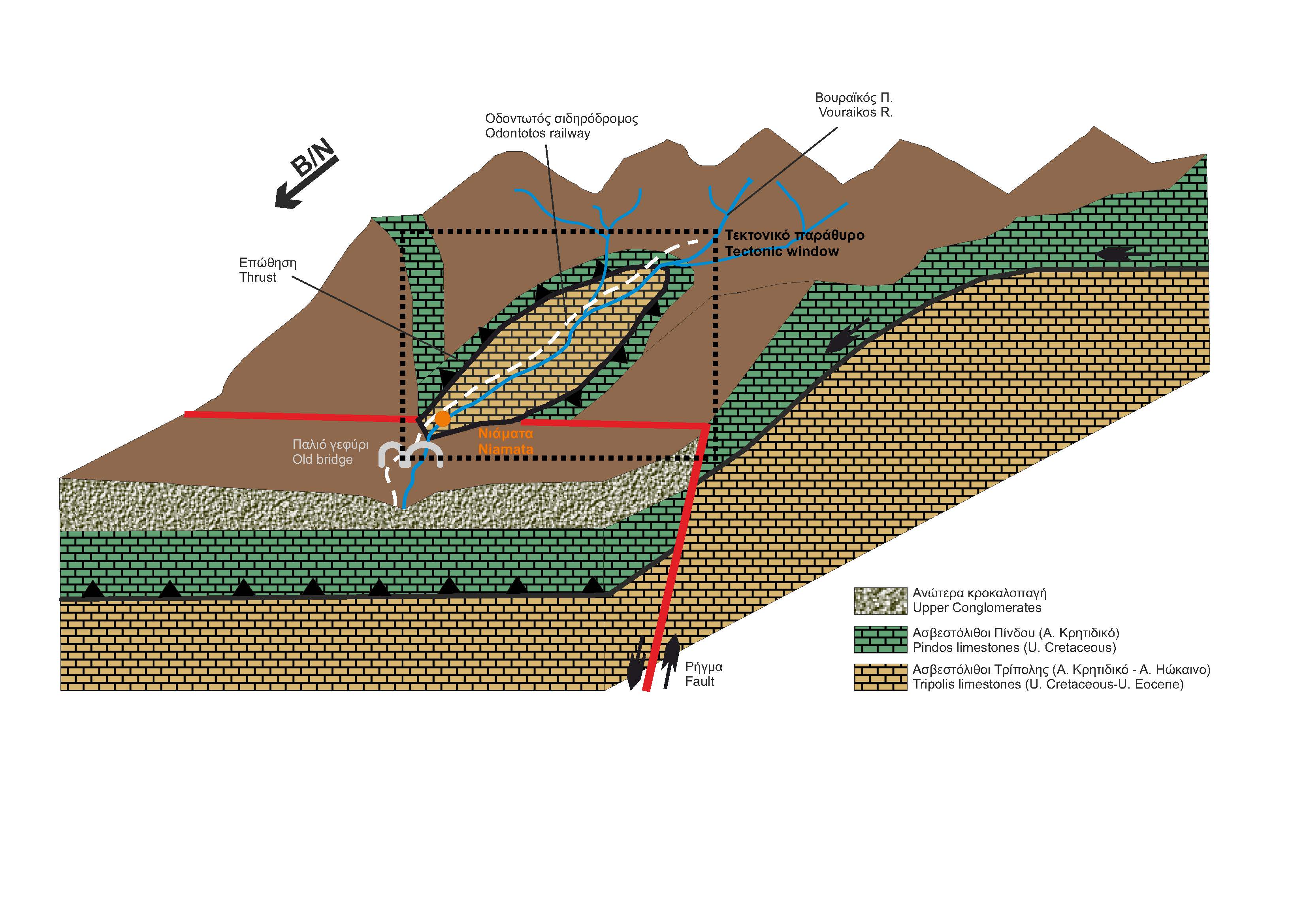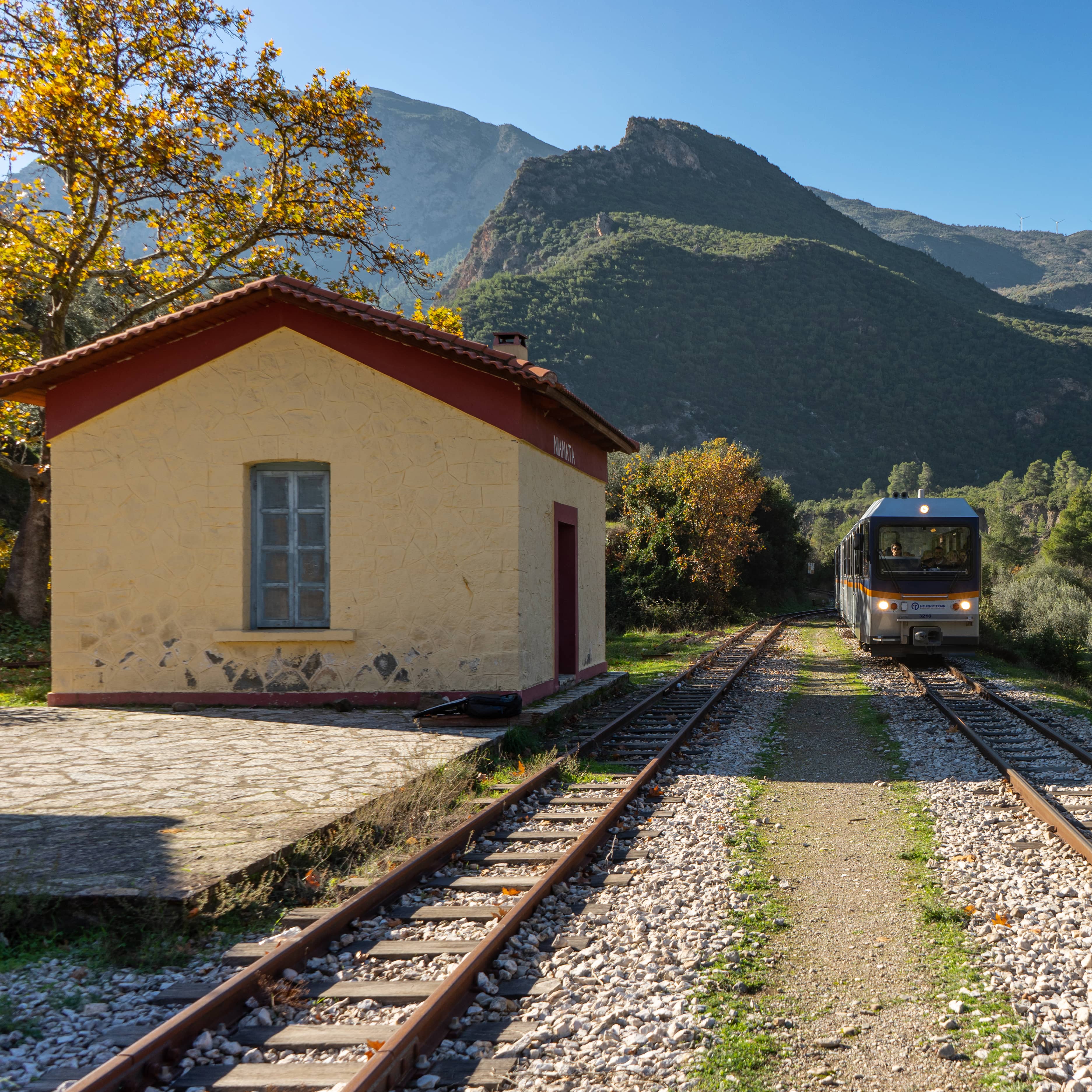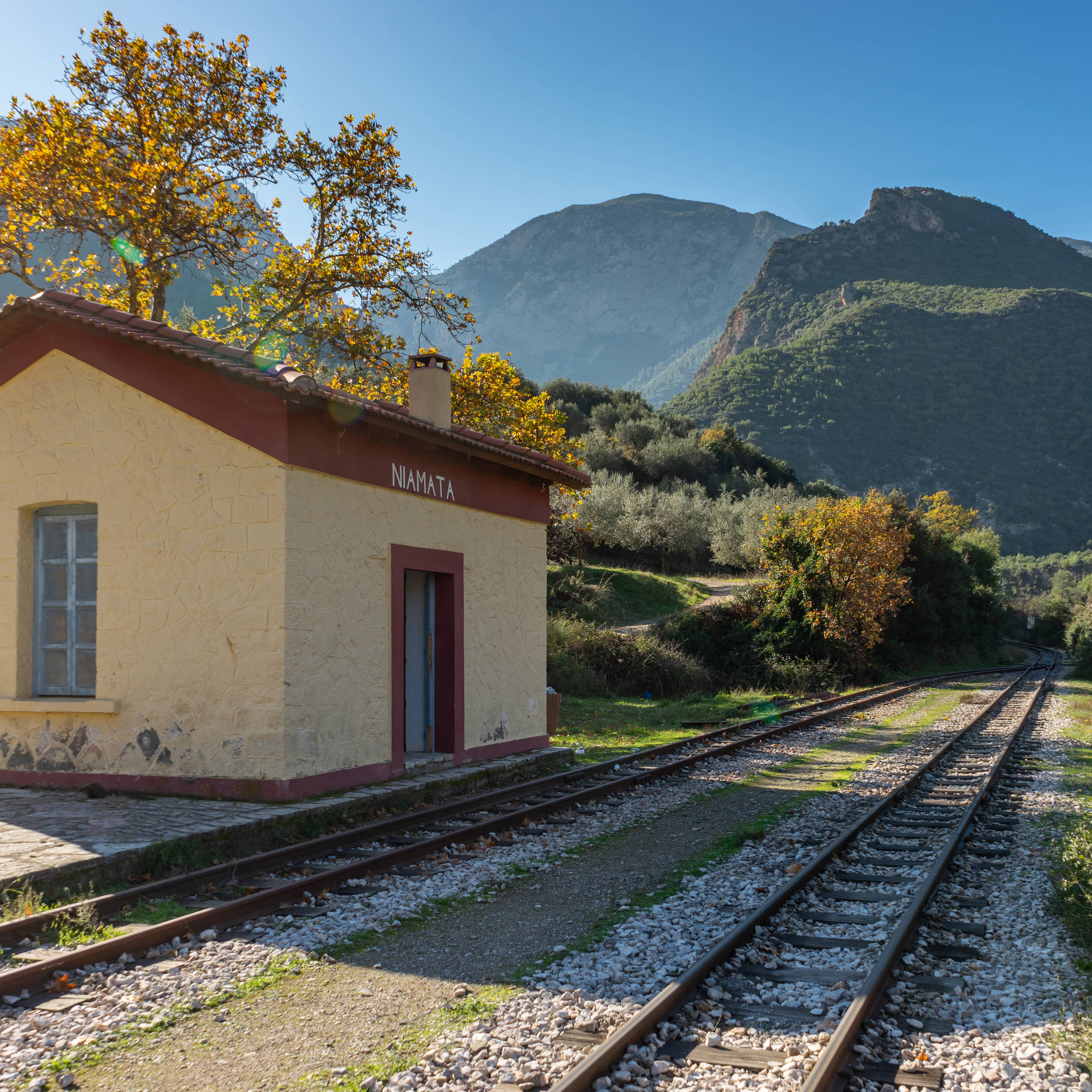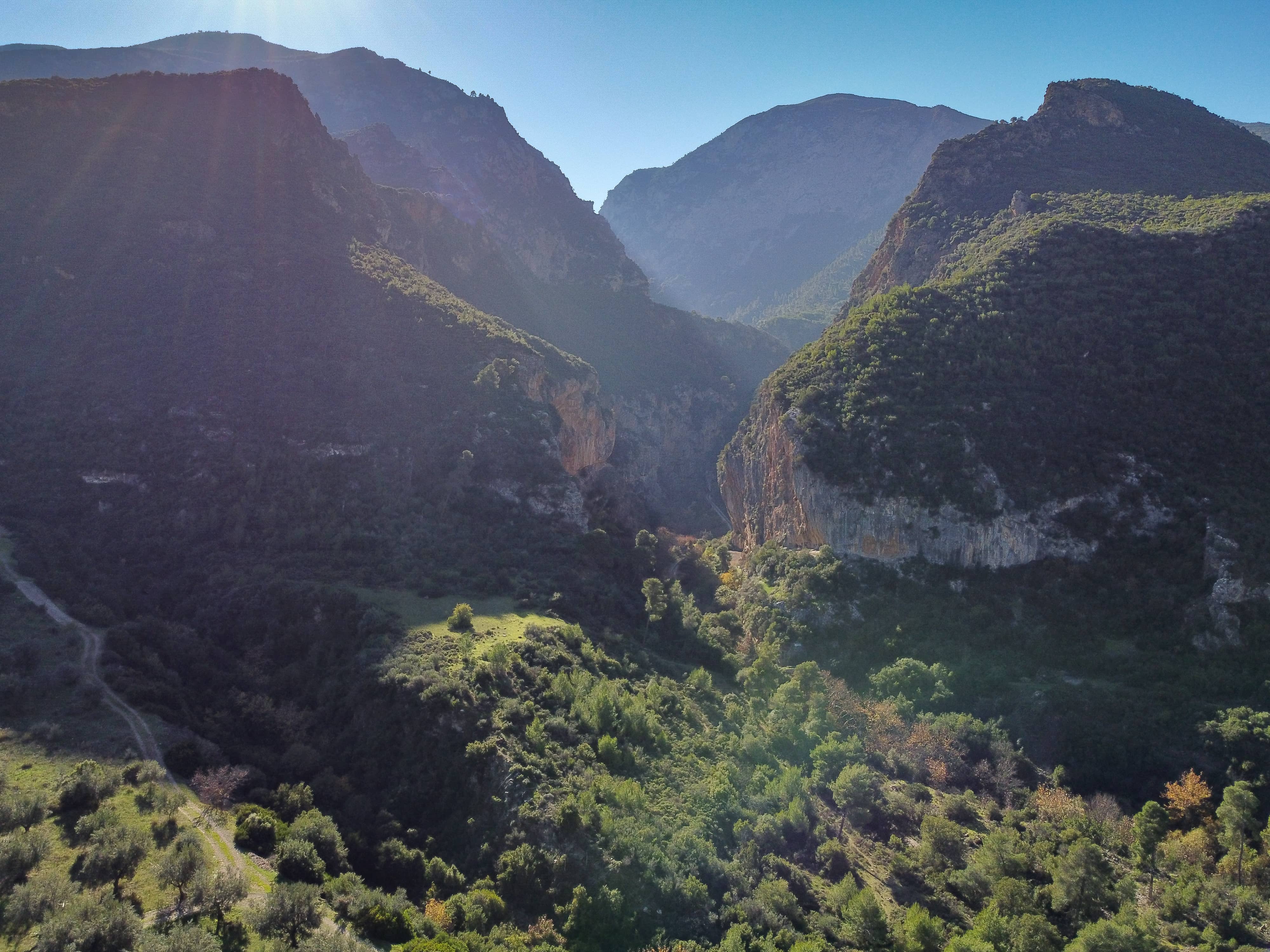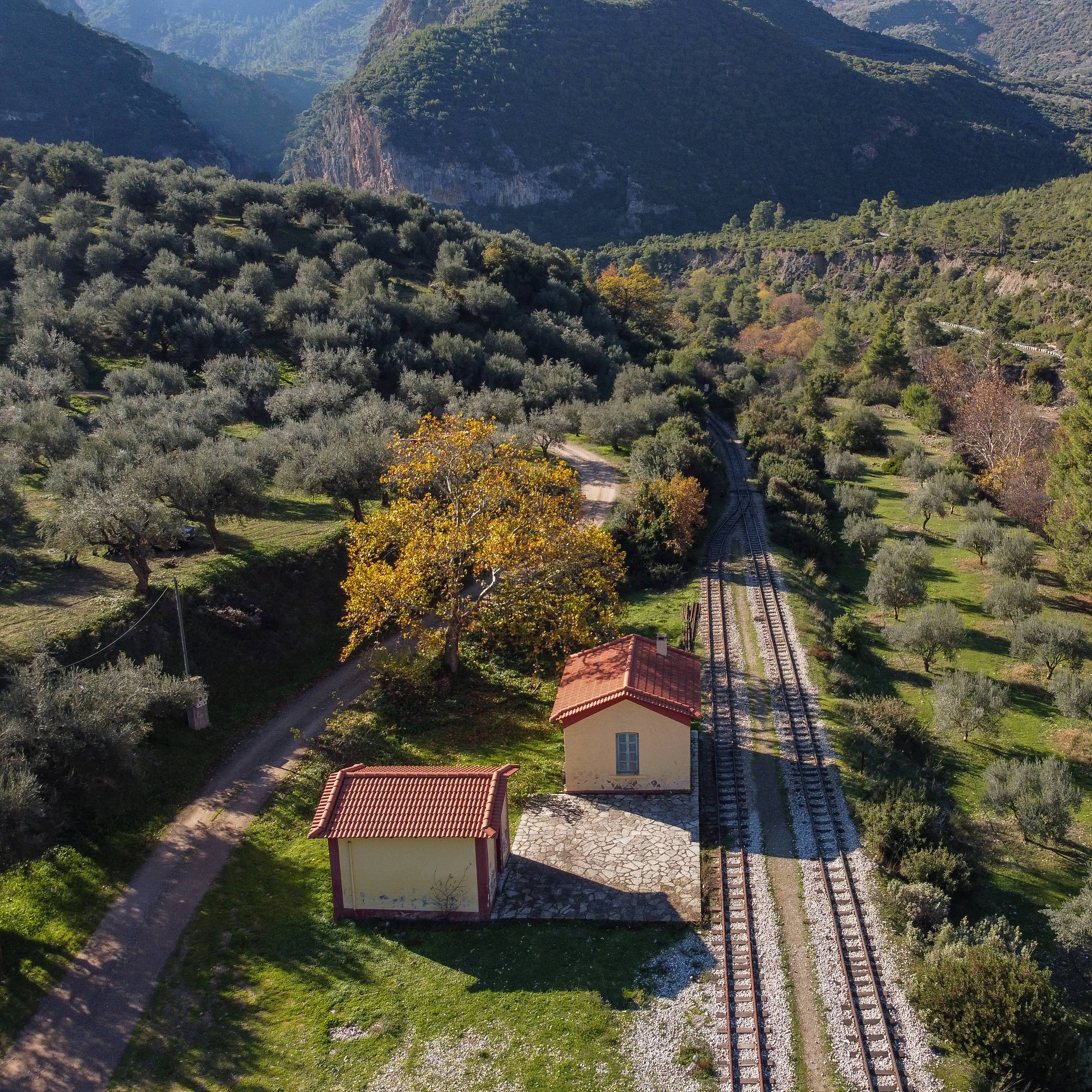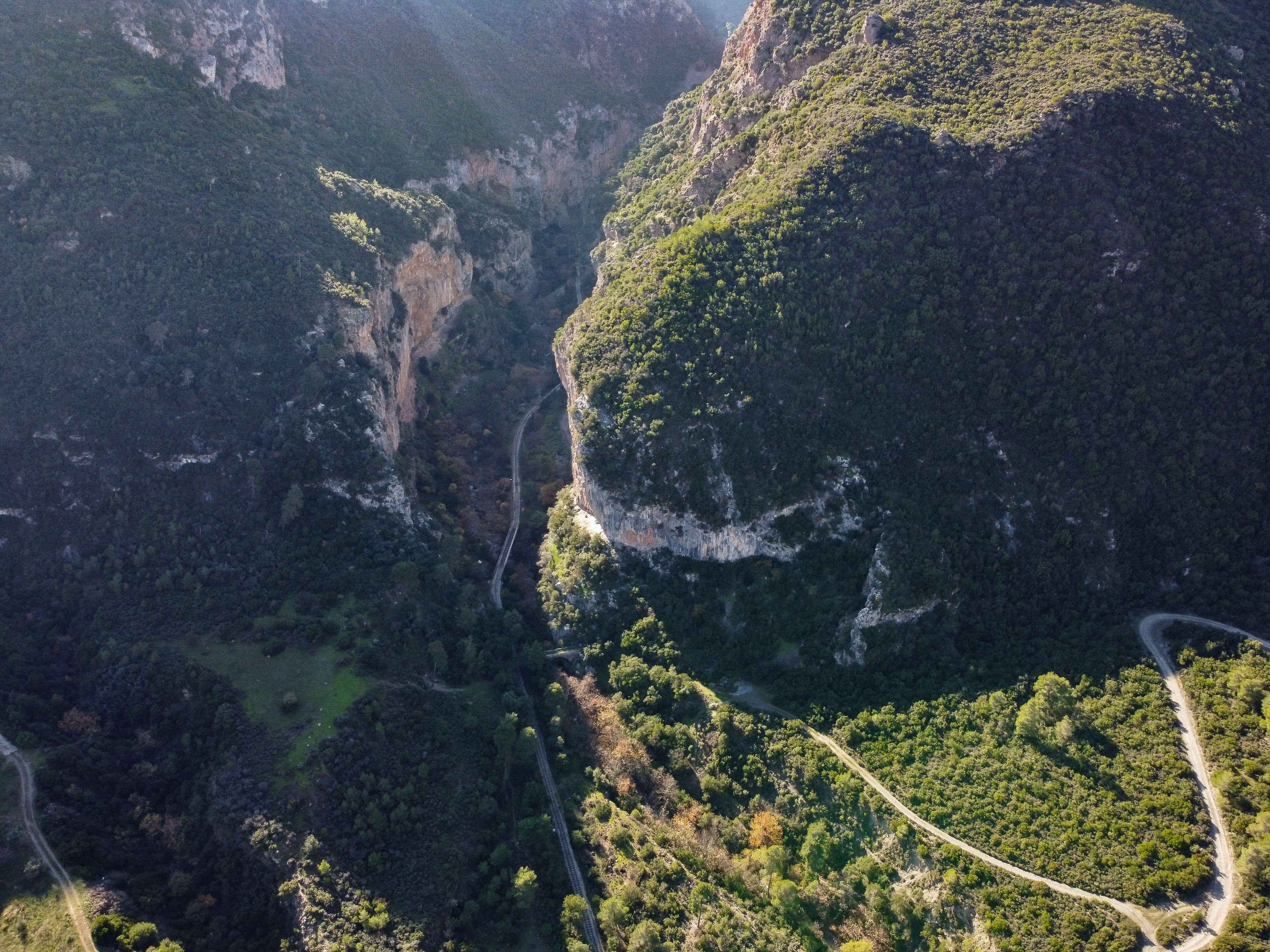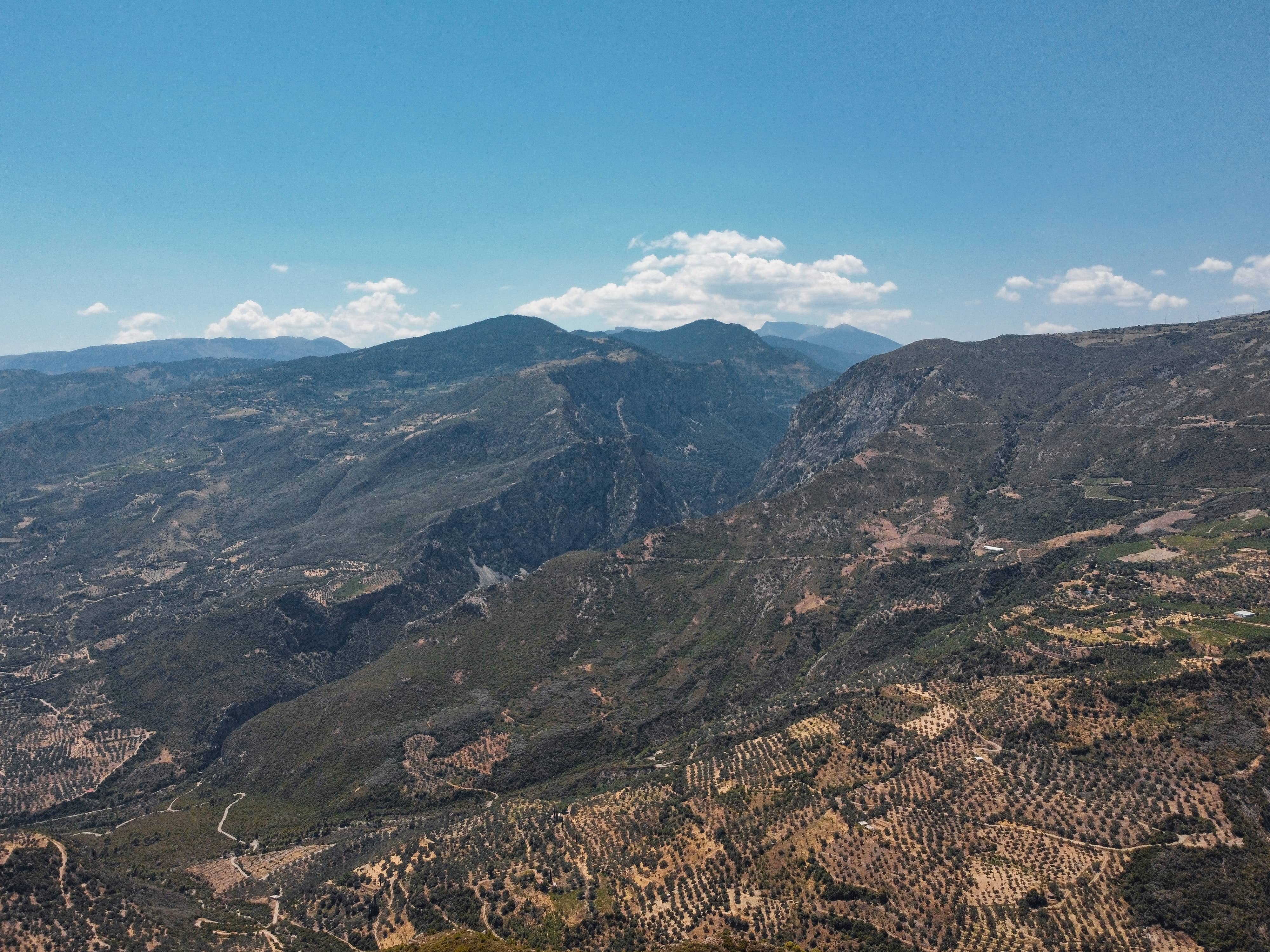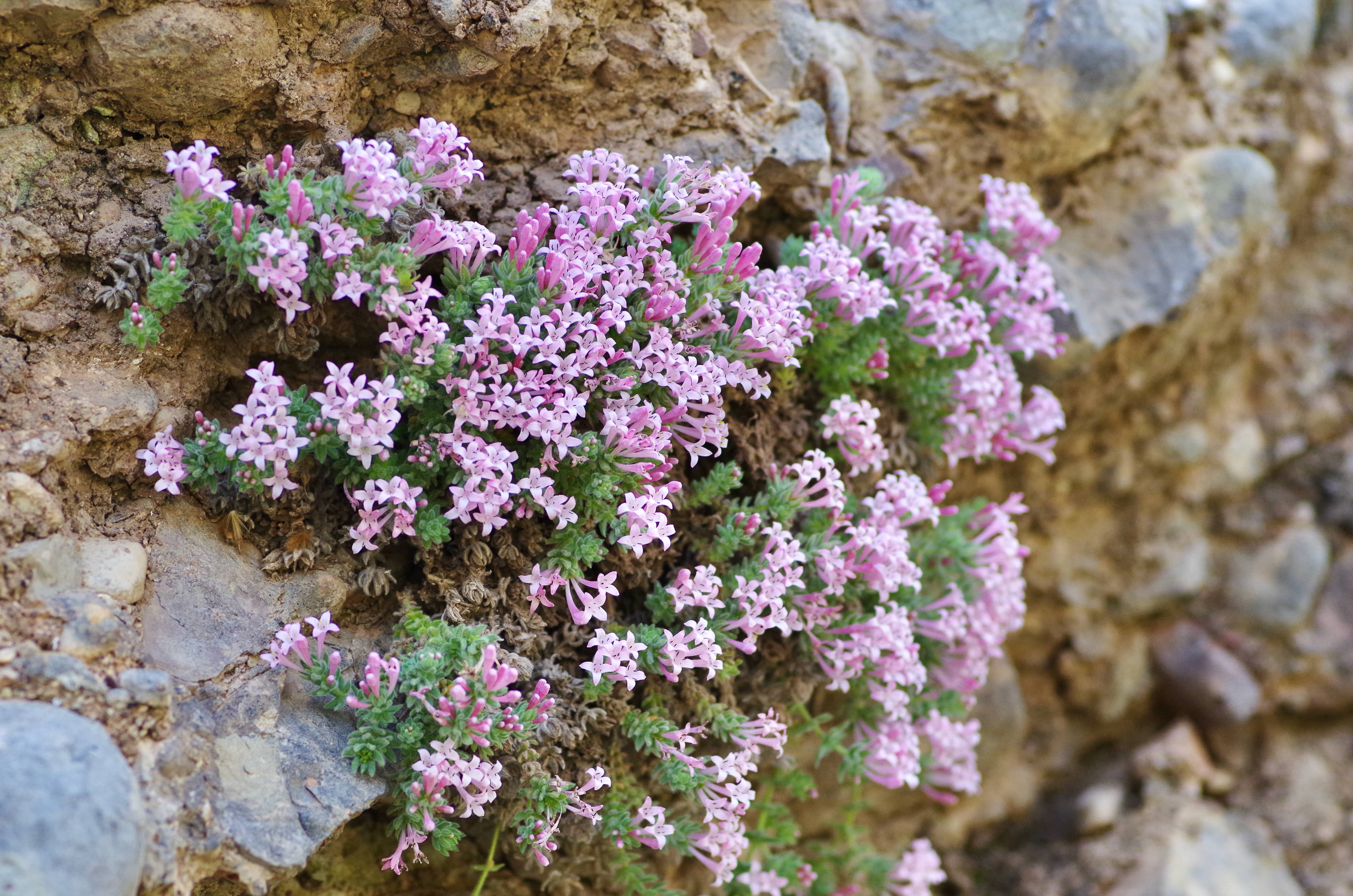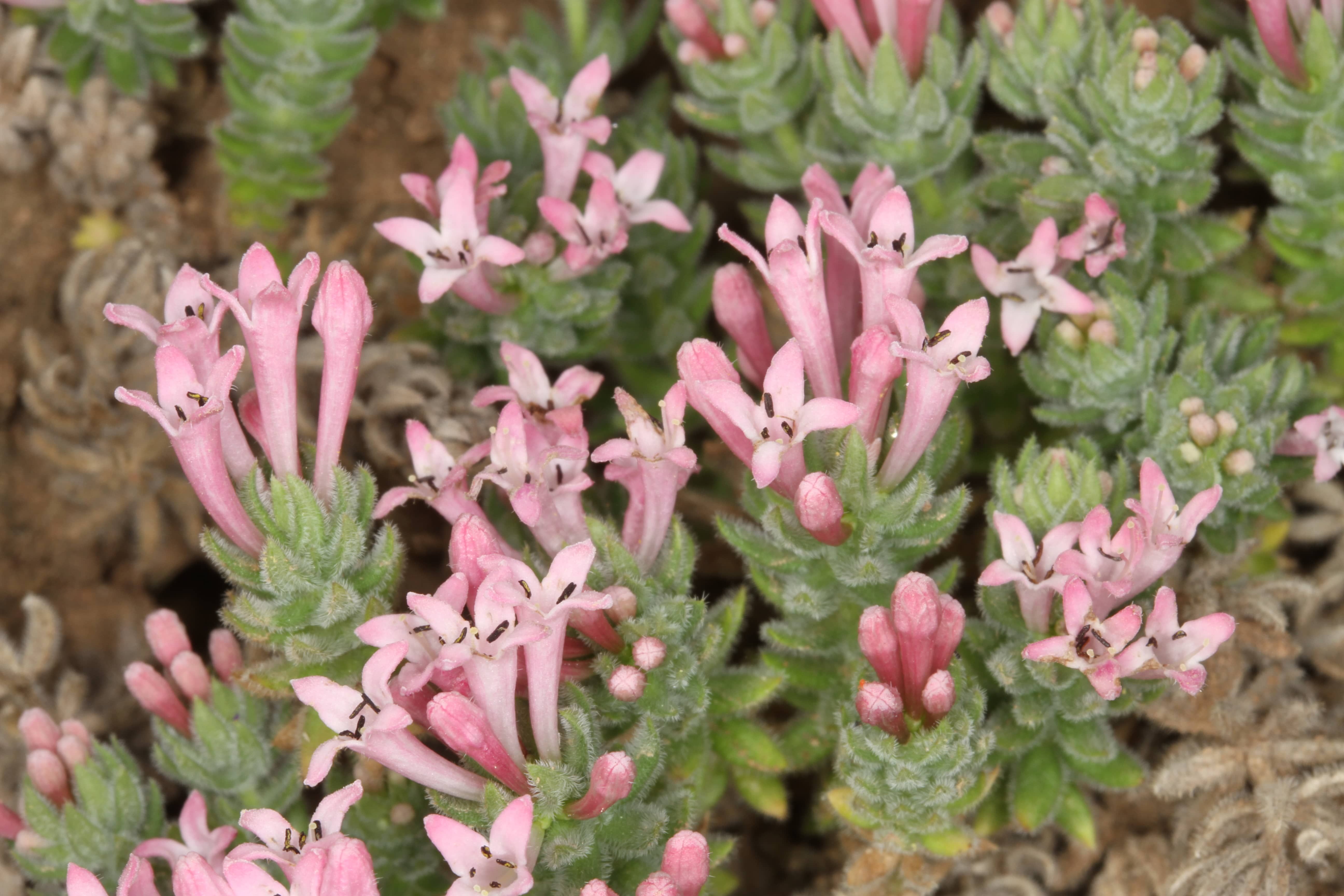A WINDOW IN THE PAST OF VOURAKIS GORGE
Niamata geosite is a tectonic window. It comprises a “window” to the past, since younger rocks have been shifted through faults allowing the study of the older ones that lie beneath. The historic Odontotos rack railway passes through this geosite, as well as the European path E4.
Geodiversity
The history of this geosite begins millions of years ago (97.5-36.6 million years ago) when the limestones of Pindos and Tripoli geotectonic zones were formed in two remote sea basins. Then, intense compressive forces acted, due to which the rocks of the Pindos geotectonic zone were transported for a long distance and placed on top of the ones of the Tripoli zone. These rocks were then covered by other younger sediments that came from rivers that flowed in the area (conglomerates). Recent pressures though on the earth’s crust have led to the formation of faults. Such a fault exists in the Niamata geosite (Mammousia Fault). Because of this fault, the rocks got broken and one block was uplifted, exposing the older rocks (Tripoli limestones), forming thus a “tectonic window” as the geologists call it that gives us the opportunity to read the geologic past, just like a history book.
Biodiversity
The Geosite is located within the Protected Area “FARAGI VOURAIKOU” (GR2320003) and the Special Protection Area (SPA) for avifauna “OROS CHELMOS (AROANIA)-FARANGI VOURAIKOU KAI PERIOCHI KALAVRYTON” (GR2320013) of the Natura 2000 network. Crossing the gorge, we encounter a significant number of Peloponnesian endemic species, such as Colchicum peloponnesiacum, etc., but also a large number of Greek endemics such as Helianthemum hymettium, etc. Important for the area is the butterfly Pseudophilotes bavius. Fish such as the Hamosurtis (Barbus peloponnesius, endemic to Western Greece) and the European eel (Anguilla anguilla) have also been identified, while in riverside locations in the area, the otter (Lutra lutra) has been recorded.

